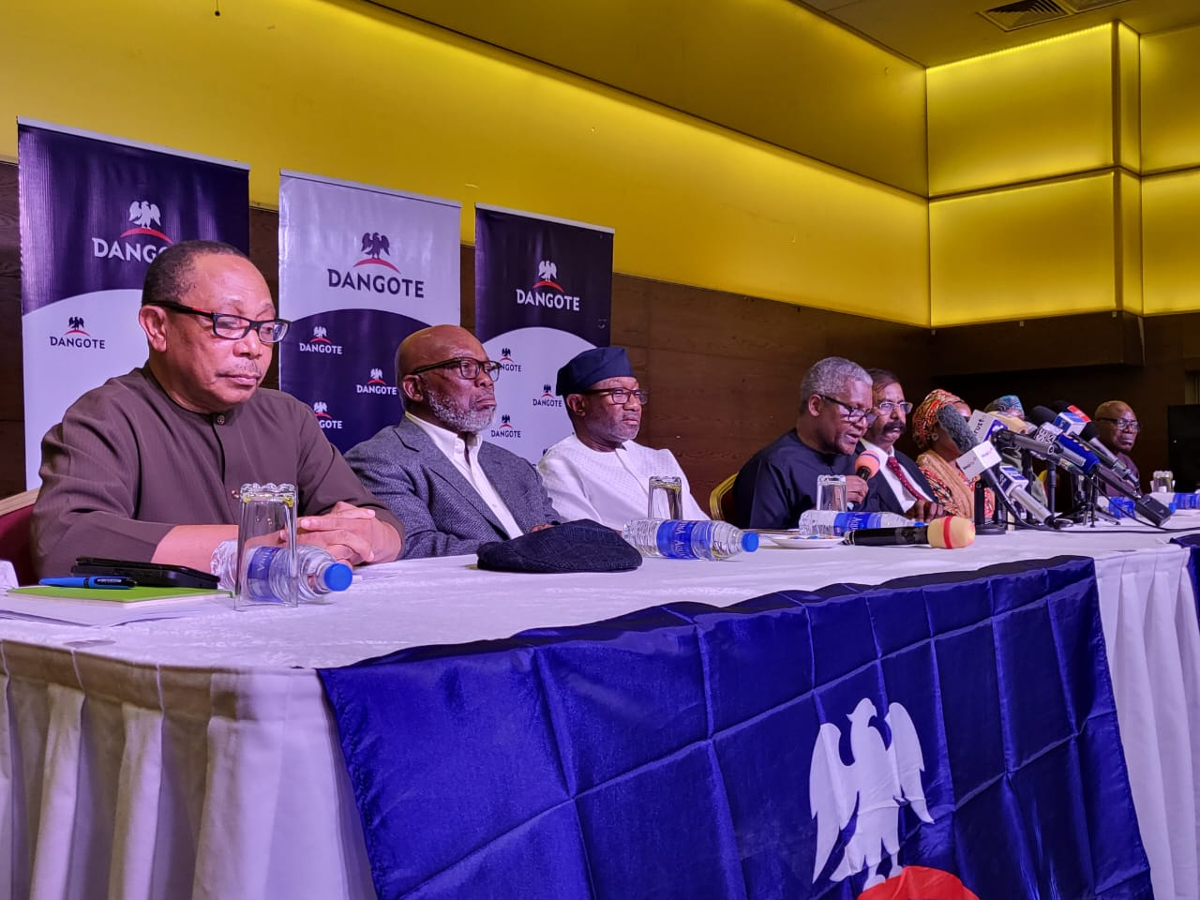A US-based Nigerian engineer, Ikenna Okoro, has played a leading role in developing a new technology that promises to revolutionise failure detection in electrical submersible pumps (ESPs) used in oilfields.
The patented system uses voltage imbalance analysis to quickly and accurately identify specific electrical faults in ESPs without requiring costly and time-consuming manual diagnostics or well shutdowns.
Okoro, who helped design the system’s core algorithm and its real-time implementation, in a statement, explained that the innovation reduces pump failure diagnosis from days to minutes.
This improvement, according to him, could save oil and gas companies millions in downtime costs.
ESP failures have long been a challenge in hydrocarbon production, often caused by insulation damage, connector issues, or cable faults.
“This precision-driven classification reduces the need for time-consuming and expensive manual diagnostics, a significant breakthrough for an industry where downtime translates into millions in lost revenue,” he said.
According to him, reducing diagnostic time from days to minutes not only improves productivity but also enhances safety, saying that “I am proud to be part of a team that’s pushing the limits of what automation can achieve in subsurface energy systems.”
Okoro added: “ESP systems are widely used to lift oil to the surface in mature wells. However, they are vulnerable to electrical failures, which can stem from various causes, including insulation breakdown, connector issues, or cable degradation.
“Traditionally, identifying the exact nature of these failures requires manual testing and well shutdowns, processes that disrupt production and incur significant operational costs. With the approach outlined in the new patent, operators can now receive instant, data-driven diagnostics and respond more effectively.
“My contribution to this innovation lies in both the algorithmic design and the practical implementation of the monitoring system. Drawing on a multidisciplinary background in electrical engineering and real-time systems, I worked closely with hardware and software teams to refine the logic that drives the automatic classification engine.”






